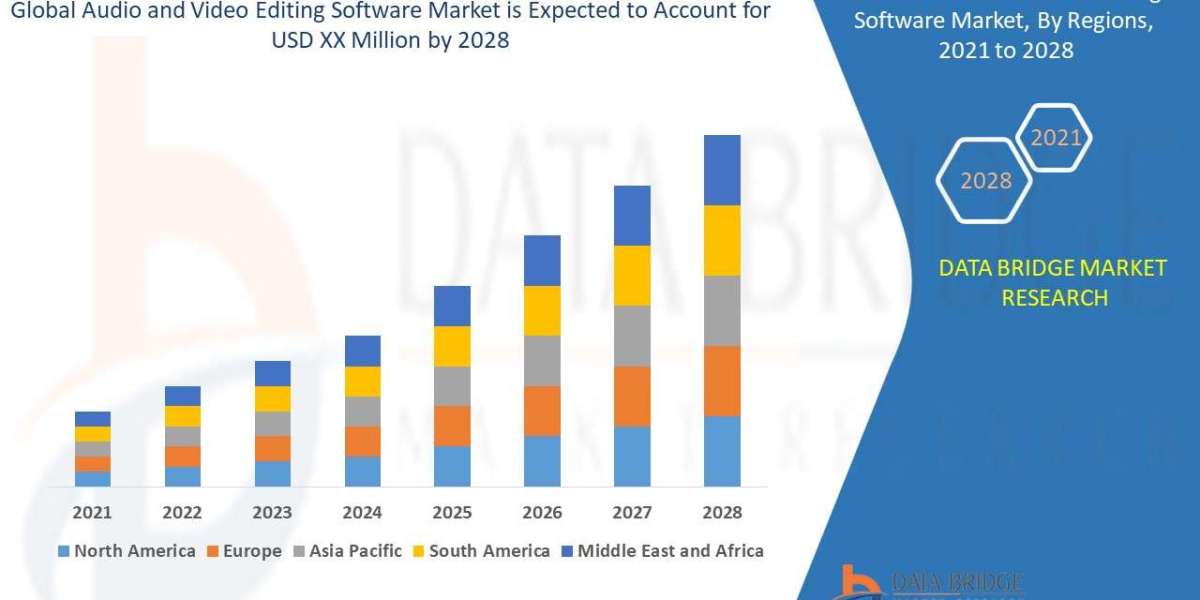Over the past few decades, there have been steady advances in video resolution that have revolutionized the way we view and experience audiovisual content. From standard definition TVs to HD and now 4K, higher resolutions have enabled increasingly immersive and lifelike viewing experiences. The latest leap forward is 8K resolution, which offers over 33 million pixels - four times as many as 4K. This blog will examine the technical specifications of 8K and discuss how this new ultra-high definition standard is set to further transform the audiovisual industry and consumer viewing experience.
What is 8K Resolution?
8K refers to the horizontal resolution of any display or content with around 8000 pixels across. More precisely, 8K has a resolution of 7680 x 4320 pixels, which equals approximately 33.2 megapixels. This makes the pixel density of 8K displays incredibly high, allowing much finer details and textures to be resolved and displayed. For context, 4K/UHD has a resolution of around 8000 x 4000 pixels, while full HD or 1080p displays have 1920 x 1080 pixels. So 8K packs in over 33 million pixels compared to 8.3 million for 4K and just over 2 million for 1080p.
This heightened pixel density means that 8K images can display finer details and a smoother representation of gradients like skin textures or scenes with subtle lighting effects. Text and other on-screen elements also appear sharper and more defined at native 8K resolution compared to 4K. The visual information contained in an 8K image far exceeds that of 4K, delivering a noticeable upgrade to resolution, sharpness and on-screen detail.
Subheadings
Technical Specifications of 8K
Benefits of 8K's Increased Resolution
Applications and Uses of 8K Technology
Technical Specifications of 8K
Aside from its massive resolution of 7680 x 4320 pixels, there are a few other important technical specifications that define 8K:
Aspect Ratio: Just like 1080p and 4K, 8K has a widescreen 16:9 aspect ratio.
Refresh Rate: Most 8K TVs currently support 60Hz refresh rates, though higher 120Hz or 240Hz rates are being developed for smoother motion.
Color Depth: 8K images can render around 1 billion colors at a 10-bit depth or trillions of colors at 12-bit. This vivid color accuracy is close to human perception.
Dynamic Range: Many 8K displays offer High Dynamic Range (HDR) support to reproduce a wider gamut of brightness levels from dark to light scenes.
Connectivity: 8K TVs are equipped with HDMI 2.1 ports offering enough bandwidth for 8K 60Hz HDR video. Other options include DisplayPort 1.4 and HDMI 2.0 with bandwidth compression.
Screen Size: Commercial 8K TVs range from 60-98 inches typically. Screens need to be very large to fully leverage the 33 million+ pixels of 8K resolution.
So in summary, besides the obvious doubling of resolution from 4K to 8K, key 8K specifications ensure vivid colors, smoother motion handling and appropriate connectivity for high quality 8K content playback.
Benefits of 8K's Increased Resolution
The major benefit of 8K's resolution increase, as expected, is a tremendous boost in image quality, detail and perceived resolution compared to 4K. Some specific ways 8K enhances the viewing experience include:
Incredible Sharpness: With over 4 times as many pixels packed in the same 16:9 space, 8K images look extremely sharp, clear and able to resolve finer textures and details our eyes can perceive.
No Visible Pixels: At a typical TV viewing distance, our eyes would not be able to make out individual pixels on an 8K screen. Images have a smooth, film-like quality.
Greater Sense of Depth: 8K's added pixel information conveys subtler depth cues in scenes, making on-screen objects and people seem more three-dimensional.
Future-proof Format: 8K is the highest resolution achievable with current TV technology. Its increased resolution future-proofs 8K displays to naturally show improved, downscaled 4K content for years.
Near-photorealism: With such incredibly sharp and detailed pictures, 8K images when paired with HDR can achieve photorealistic quality, transmitting content as the human eye sees real life.
Applications and Uses of 8K Technology
While 8K consumer displays are only beginning to emerge, here are some potential applications and uses of 8K resolution technology:
Cinema Production and Projection
Major Hollywood blockbusters are increasingly being shot on 8K cameras and finished/projected at 8K in select theaters. With twice the resolution as standard 4K images, 8K allows for greater post-production flexibility and future-proofs movie releases.
Professional Display Applications
Areas like medical imaging, CAD/CAM design, digital signage and surveillance could leverage 8K for ultra-high resolution, detailed viewing of complex images and data.
Live Event Streaming
Major sports or concerts could be streamed live at 8K resolution for viewers with 8K setups to feel like virtual attendees. This may drive consumer adoption.
Gaming and Interactive Experiences
Paired with very large screens, 8K may enhance immersive gaming and simulations with its highly detailed, film-like graphics quality. VR at 8K is also being explored.
Television Broadcasts
While unlikely soon, 8K broadcast transmission standards are in progress. In the coming decades, 8K may become mainstream for television and internet broadcasts much like 4K today.
Conclusion
In conclusion, 8K represents the next major leap in ultra-high resolution after 4K that will push audiovisual experiences to stunning new levels. By doubling pixel counts and supporting a wealth of color and contrast information in gigantic 33+ megapixel images, 8K delivers a quality of realism and sharpness far beyond what precedents like HD or 4K offer. While 8K adoption will take time as content and displays proliferate, it is clear that 8K is a transformation in visual technology that will shape the future of cinema, broadcasts and home entertainment for many years to come. The impacts of this hi-res revolution have only begun to be felt across industries.
Learn More:- https://avtechnologysworld.tumblr.com/post/736491725618659328/the-art-of-home-automation-integrating-av-into








